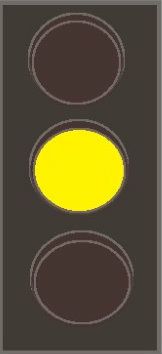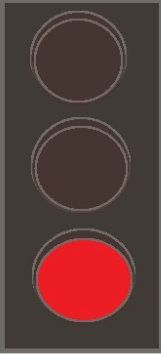PLOT: Mikan is a hyperactive young girl from a small, rural town. Her best friend in the whole world is the quiet, intelligent, and subtly snarky Hotaru. Unfortunately for Mikan, Hotaru is moving away to Tokyo to attend the Alice School, an elite comprehensive school for special, genius children known as "Alices." Even half a year afterwards, Mikan can't get over the loss of her friend until she overhears her classmates talking about how the Alice students are practically imprisoned in their school and how the government pays the Alices' families for scouting their children, which Hotaru used to save their school from condemnation. Inspired and touched by Hotaru's sacrifice, Mikan decides to run away to the Alice school to find her friend. Through luck and circumstance, Mikan is discovered by one of the teachers and given a chance to earn her way into the school. Her bubbly nature and lack of obvious power leave her a virtual outcast in her class. In particular, she is targeted by the class bully, a deeply troubled telekinetic pyromaniac boy by the name of Natsume. Will Mikan ever win over her classmates, or at least reconnect with Hotaru? Will she ever discover what her Alice is?
STORY: Do you ever get the feeling that you are too old to be reading a particular series? That's the feeling I got when reading Gakuen Alice. I get the feeling that the manicness and cuteness of the story would appeal a lot to little kids, and they would be less likely to pick up on the stranger, darker elements and the muddled tone.
The problem with making Mikan so manic and hyperactive is that it's hard to take her seriously as a dramatic character. Indeed, it's hard to take any of her plights all that seriously when she just plunges herself into them without a thought and is always saved by sheer dumb luck. She's far too much of a comic relief character and the storyline suffers for it. I found myself feeling more for Hotaru, whose stoney face only makes her snarkiness funnier, and whose Alice-based inventiveness provides many a gag. I certainly didn't care for Natsume. I know that dark, tormented woobies are something of a tradition as love interests in shoujo, but there is such a thing as taking that cliche too far. Natsume is nothing but a pissy little bastard who antagonizes everyone around him. It is hinted through his friendship with another kid, Luka, that there's cause for his budding sociopathy, but frankly I couldn't care less. I don't want to see this kid redeemed, I want to see his ass kicked.
It also does help that while this is ostensibly a lighthearted adventure, there are these darker elements lurking beneath it. Some might say this adds depth, but I felt that they conflicted with that lighter tone. Now some of it is likely on purpose, with the way that the Alices are kept confined and isolated from the world. Other parts may just be my own perception. Maybe I've watched too much Firefly, but just the idea of the government recruiting super genius children for a special school to use for their own purposes left me feeling very uneasy. Not to mention that no one ever questions the existance of Alices in general. Has there always been children like this? Is this a recent development? Why is the fact that there are children with psychic/telekinetic powers such a mundane thing in this world? The reader may never know.
Gakuen Alice is a goofy over-the-top story for kids with dark undertones - some intentional, some not. It's an enjoyable bit of fluff, but its muddled tone leaves me wondering if those bits of darkness are simply drama to be overcome or hints of tonal shifts to come.
ART: The art is pretty much your standard, generic shoujo style - mildly pretty, big shimmering eyes, and flat as a board. The children at least do all look like children - there are no lolis to be found here. The composition is very much like Mikan herself - busy and frantic, pasting panels all over the place, and filling them full of screentones, effects, and jokes. It's not completely unattractive, but after a while it becomes distracting. Like a lot of generic shoujos, the backgrounds are pretty much an afterthought, and are mostly screentones when they are present at all. Sadly, it's that generic quality which leaves me with very little to say on the art. It's effective, but little else.
PRESENTATION: There are sketches of the different Alice School uniforms in between each chapter. There's also a map of the Alice School campus in the back.
RATING:
 This wouldn't be a bad series to use to introduce a child to manga, who might be entertained by all the wackiness. That being said, adult readers might find it a bit too abrasive or a bit too strange to be completely sold on the story.
This wouldn't be a bad series to use to introduce a child to manga, who might be entertained by all the wackiness. That being said, adult readers might find it a bit too abrasive or a bit too strange to be completely sold on the story.This was published in the USA by Tokyopop. The series is ongoing in Japan, but only 14 volumes were published. This series is out of print.
You can purchase this volume and many more like it through RightStuf.com!





